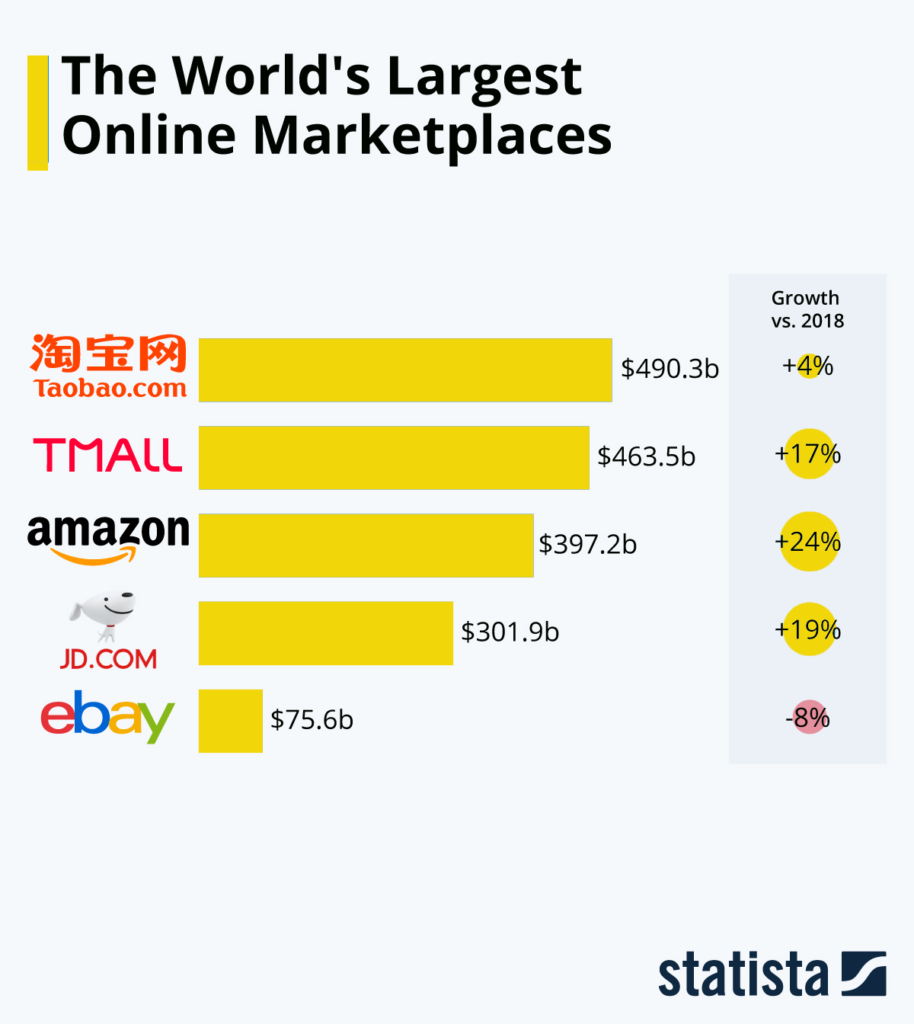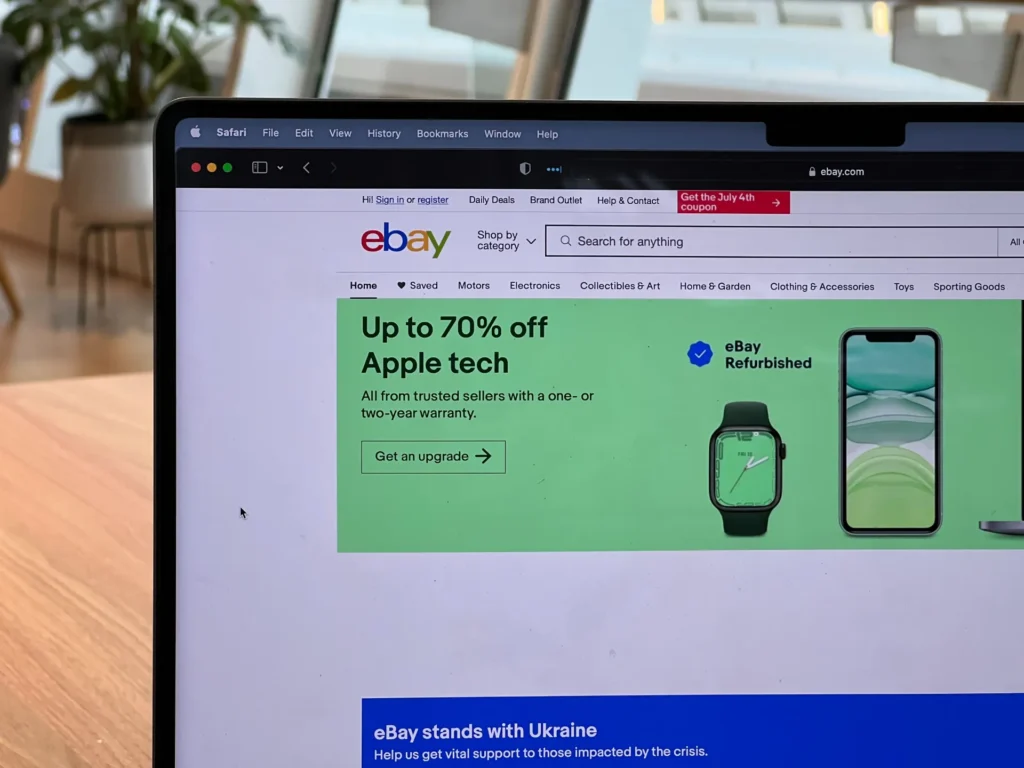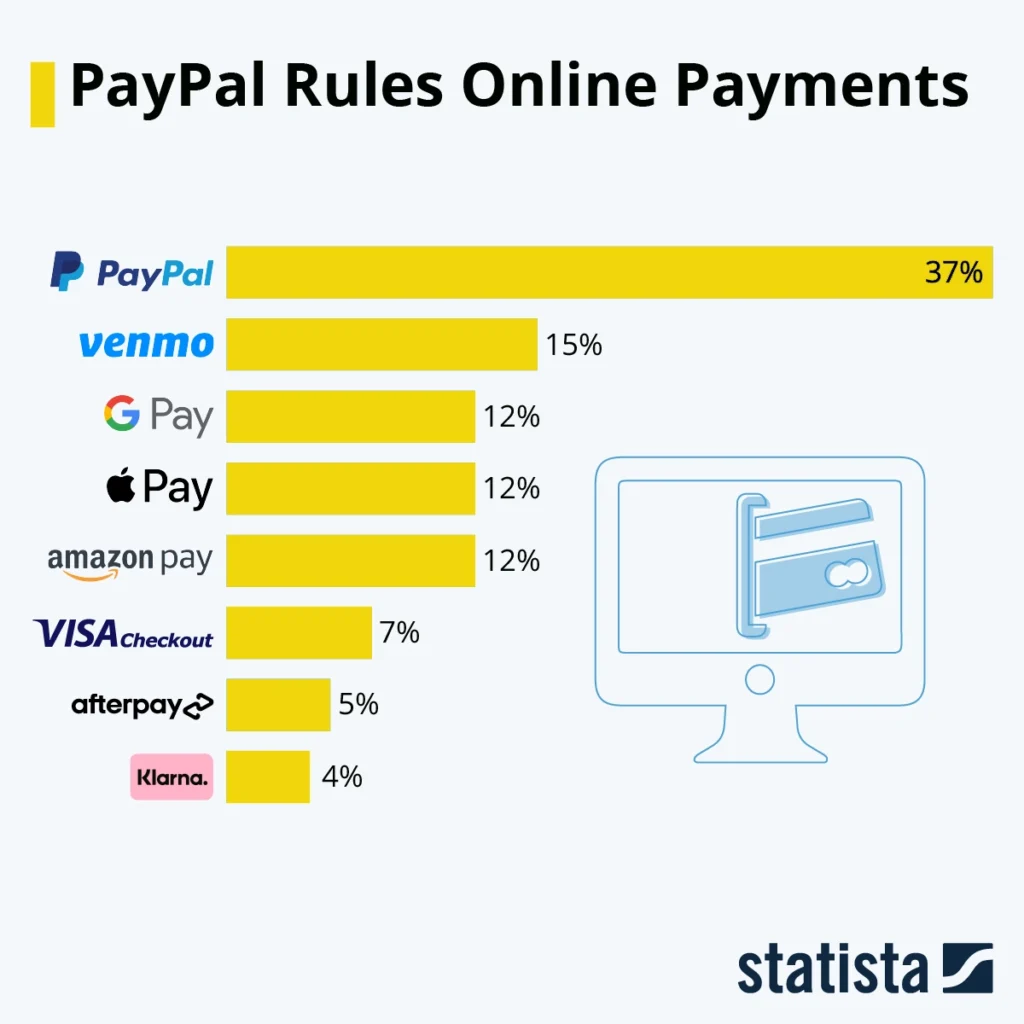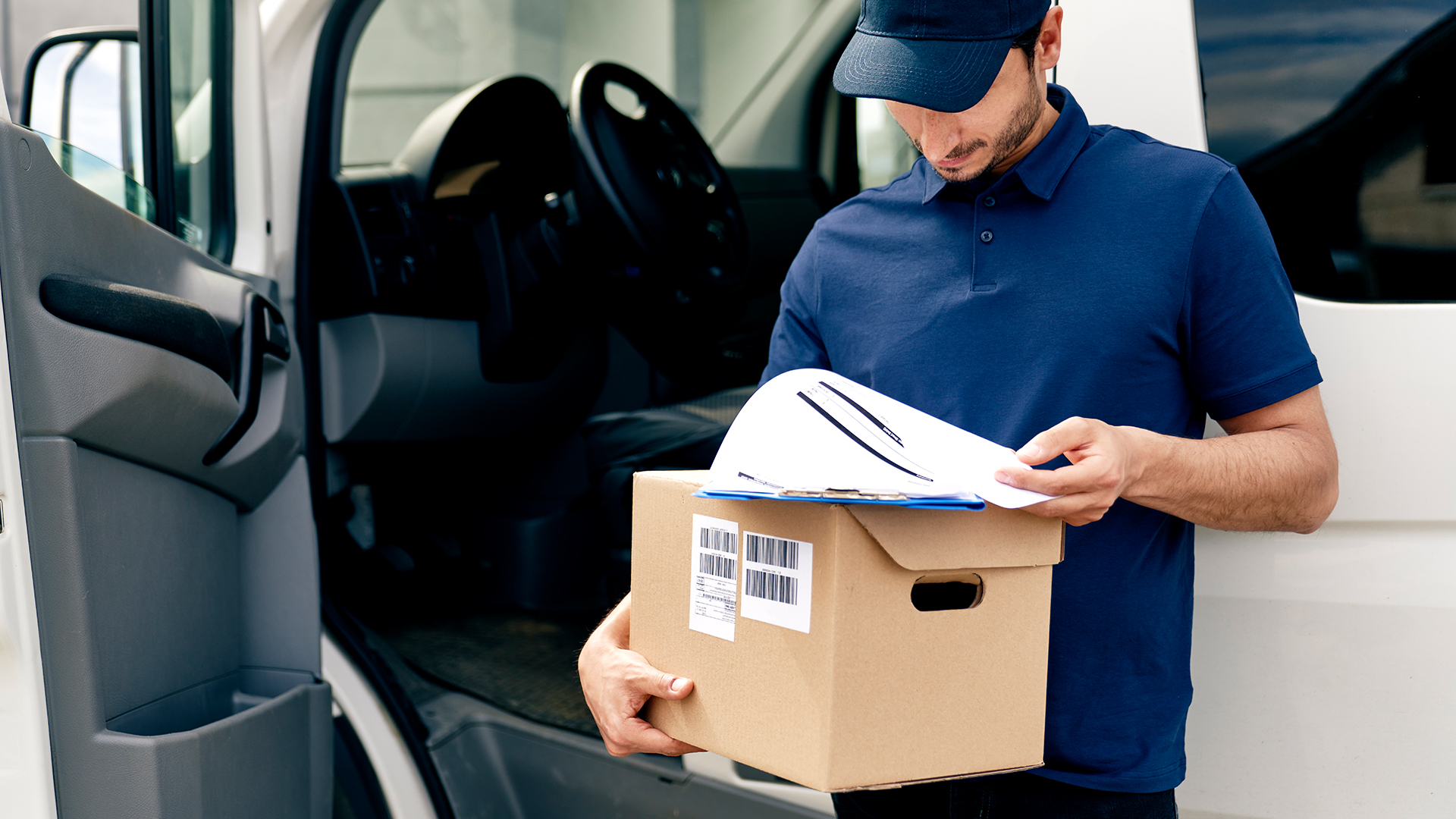The importance of e-commerce is constantly growing, and there is no end to booming sales. This development can, therefore, be interpreted as a long-term trend and is why more and more entrepreneurs in the DACH region are jumping on this train.
In this blog, we will take a closer look at the role of e-commerce in the DACH region.
If we needed to summarise the DACH marketplace, there would be over 100 million potential online customers from wealthy countries with a high drive for online shopping.
As per research that e-commerce Europe has done, it was again confirmed that Germany is one of the largest e-commerce marketplaces in the EU. Along with Germany, if we look at Switzerland and Austria, we can see that these two countries are still catching up. The leading causes in these three countries are high-paying power and computer and internet literacy.
Germany is among the leaders
The German marketplace is for sure one of the largest European markets, and it is providing a significant influence on e-commerce development. Gross sales in 2021 of e-commerce products in Germany amounted to about 99.1 billion euros, which is a growth of 19 percent compared to 2020. By the end of 2022, the eCommerce market in Germany is expected to generate almost $141.20 billion in revenue. Practically every seventh euro was spent on products online in Germany.

Also, Germany is the leading country in the number of online shops in the EU. There are approximately 175.204 online stores in Germany. Amazon is the most significant player in the German e-commerce market, with a revenue of 18.74 billion in 2021. Otto and Zalando follow it as the second and third largest stores. In conclusion, Germany’s top three stores hold about 25% of online revenue.
One of the fastest-growing stores in the German market is Cool Blue, which achieved net sales of about 100 million euros in 2021. Its revenue had grown by 287% in the previous year.
With a turnover of almost €106 million, the German e-commerce market is in 6th place worldwide, and Europe is in 3rd place, on the podium. The booming online trade in Germany can be attributed primarily to the high % Internet penetration rate of 89% and is thus among the best in Europe. Important business cities and regions and e-commerce hotspots such as Munich, Berlin, Hamburg, and North Rhine-Westphalia strengthen Germany as a top nation. In all, that means 63 million people have access to the web. Of course, this market size is more than just attractive for ambitious companies and explains why more and more people are daring to jump into the highly competitive online trade. This has resulted in B2C e-commerce sales increasing by around 75% in the last 5 years.
Mobile shopping on the rise
Mobile shopping is becoming increasingly essential in Germany and accounts for 15% of all e-commerce purchases. It happened mainly due to the increased use of smartphones, which makes online shopping more accessible, and user-friendly apps take the shopping experience to a new level.
M-commerce will undoubtedly continue to increase over the next few years. More orders are now being placed on smartphones than on tablets/laptops. Online retailers must prepare for this development and rethink their channel strategy, and a minimum requirement is a mobile-optimized website that offers customers a pleasant user experience.
The most important players in the market
The market in Germany is dominated by two large companies: Amazon and eBay. These two companies have a market share of over 50% in Germany. Nevertheless, other vital companies generate annual sales in the millions.

Amazon
Amazon is by far the most well-known marketplace in Europe. It has 488 million visits per month in Germany and is definitely at the top of DACH E-Commerce. Selling through this online marketplace guarantees an attractive number of visitors and their trust.

eBay
As with Amazon, German consumers place much trust in eBay. The eBay online marketplace is one of the pioneers in this field and is known to almost every online shopper. In addition, eBay also has a high number of visitors, 193 million per month.

Otto Market
As per some research done, older German online shoppers certainly trust Otto. This Hamburg-based company is one of the largest B2C online retailers for fashion. Its target region is Europe, and with 53.5 million visits per month, it is considered the most significant domestic alternative to Amazon and eBay.

Zalando
Zalando is another online marketplace in the DACH region that has managed to join the international e-commerce elite. The portal serves the fashion niche better than any other European competitor, with 30 million visits per month. In contrast to Otto, shoppers on Zalando are younger but more willing to buy. In addition.

Etsy
Regarding self-made products, Etsy is the first marketplace where you should start an online business. With 18 million daily visits, it is also gaining popularity among DACH shoppers.
How to conquer the DACH e-commerce market
Even though many online stores have significant revenues in the DACH region, German-speaking consumers still shop in foreign webshops. That is why there is still space for new players in this market. In the text below, check out the most critical aspects of the e-commerce industry in the DACH region.
Gaining trust
German customers value security and quality before everything else. It regards the security of data, payment methods, and product recommendations. Therefore, you should use your website’s badges, testimonials, and certificates to attract customers. Also, international retailers should aim for localized websites, for example, by adjusting the local domain (.de, .ch, .at).
Besides the certificates that are famous worldwide, like Google Trusted Store and PayPal verified, you can also consider Trusted Shops, Europe’s most popular e‑commerce Trustmark. Certified shops comply with comprehensive quality criteria, offer their customers financial risk protection with a money-back guarantee, and handle personal data with care.
High return percentage
Some reports declare that German customers return even half of their orders. German law gives such an opportunity within 14 days of every purchase. What you can do to prevent this is to get to know better customer expectations. Once you find out the main reasons for returns, you can avoid them. It would help if you also had a local address for returns and a particular subpage where you can inform us about your return policy.
Provide several payment methods
On average, shoppers in Germany can choose between seven payment methods. Even though a favourite strategy among German customers is paying on account, not all online stores provide this method. What about the alternatives?

In the past 3 years, the 5 most popular payment methods in Germany were as follows:
41,3% – invoice payments
32% – PayPal
8,7% – debit card
8,5% – credit card
3,4% – Amazon Payments
Even though Germans love their open invoices, a particular trend is emerging. Statista’s recent survey shows that PayPal has already surpassed payments on account.
Don’t want your customers to drop out at the checkout? Make sure to offer payments on account, by PayPal, credit/debit card, SOFORT and cash on delivery. This way, you can satisfy most customers in the DACH region.
Conclusion
Internet penetration and rapidly growing m-commerce make the DACH region a great region to start an e-commerce business and get a piece of the cake. The prerequisites are an optimized presence on mobile devices, a suitable logistics solution for reliable delivery, and efficient returns management.









